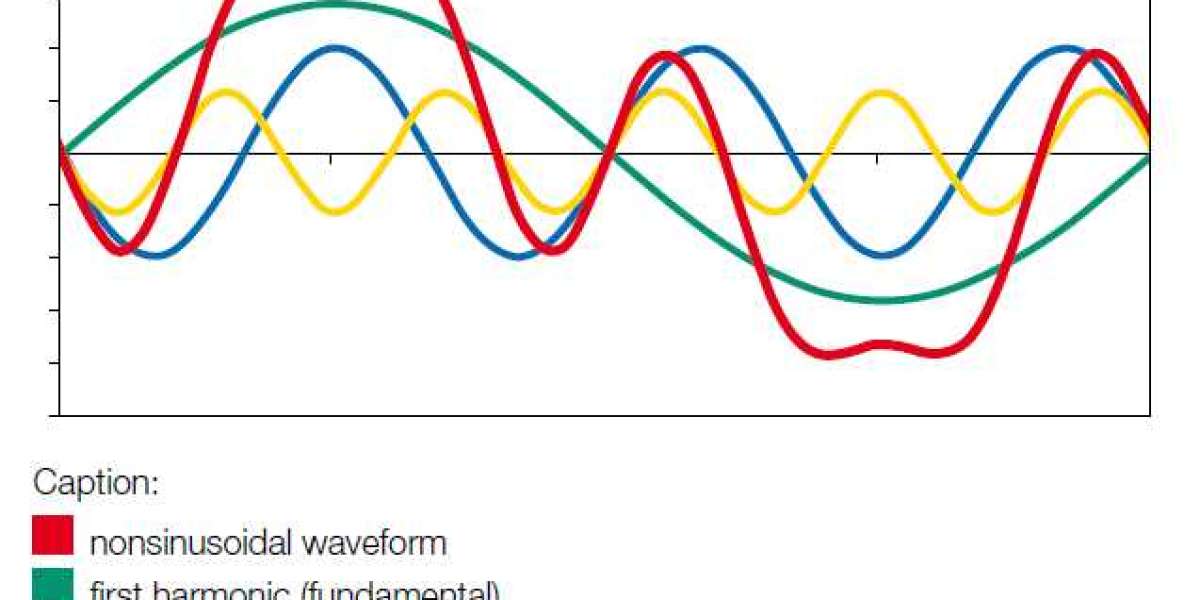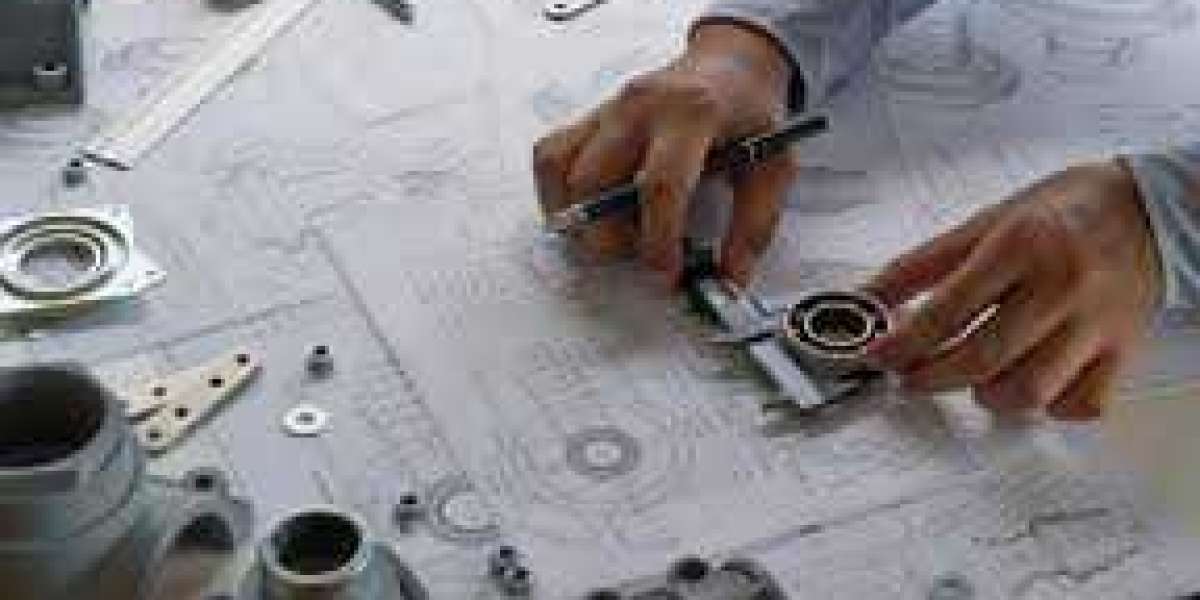Harmonics are voltages or currents in an electrical system that can cause power quality problems. Because a machine or piece of equipment can fail in the presence of high levels of harmonics, this distortion is always a major concern for plant managers and engineers. Although its appearance does not mean that a facility should stop operating, the impact depends on how long the electrical system can withstand and how susceptible the equipment is.
Harmonics can also be said to be voltages or currents that are at a frequency that is a multiple of the fundamental frequency. This varies by region: in North America it is 60 Hz; and in Europe, 50 Hz. Harmonics can cause heating in a system, leading to loss of power and wear on electrical equipment. They also tend to interfere with control systems and telecommunications, hence the importance of reducing their impact.
What causes harmonics?
Harmonics are created by electronic equipment with non-linear loads that draw current in short, abrupt pulses. These cause distorted current waveforms, which in turn generate harmonic currents that flow back to other parts of the electrical system.
Harmonics are most prevalent when there are many computers, printers, copiers, fluorescent lighting, and other devices connected to the same system.
Harmonics degrade power quality and efficiency, particularly in a commercial building or industrial facility. In general, most buildings can support non-linear loads of up to 15 percent of the total electrical system capacity without any problem; but if the loads exceed this threshold, initially unapparent consequences will begin to emerge.
Common problems caused by harmonics
Here are the most common problems caused by harmonics:
overload of neutral conductors
A three-phase system consists of three individual phase conductors and one neutral. If all the phase conductors carry the same current, the phase currents tend to cancel each other, if there is a balanced load. The latter makes it possible to reduce the size of the neutral conductor. Unfortunately, the switch mode power supplies used in computers have a very high third harmonic current.
Although the harmonic currents are canceled in the neutral cable, the third harmonic current is additive in the neutral. In buildings with a large number of connected computers, it can carry higher currents than the cable designed to accommodate them, creating a significant fire hazard.
Overheating in transformers and increase in associated losses
For transformers feeding loads that produce harmonics, the eddy current loss in the windings is the most dominant component in the machine. The eddy current loss increases proportionally to the square of the product of the harmonic current and its corresponding frequency.
The total loss in a fully loaded transformer supplying a non-linear load is twice that for an equivalent linear load. This causes excessive heating and degradation of the insulating materials, eventually leading to transformer failure.
Switch trips
All circuits containing capacitance and inductance have one or more resonant frequencies. When one of these corresponds to the harmonic frequency produced by non-linear loads, a harmonic resonance can occur. The voltage and current during a resonant frequency can be highly distorted, which can cause trips in an electrical system and loss of production.
Capacitor bank faults
Many commercial and industrial electrical systems have capacitors installed to compensate for the effect of low power factor. Most capacitors are designed to operate at a maximum of 110% of normal voltage at their kVAR rating. In a system characterized by high voltage or harmonic currents, these limitations are frequently exceeded, resulting in a fault. Because capacitive reactance is inversely proportional to frequency, the unfiltered harmonic currents will reach the capacitor banks, which act like a well drawing harmonic currents, thus creating an overload.
How to Diagnose and Fix Harmonics
A harmonic analyzer is the most effective instrument for performing detailed power quality analysis, which can determine the waveforms of voltage and current in their respective frequency spectra. This device is also useful in instances where the lack of obvious signals prevents harmonics from being taken seriously.
A harmonic analyzer is used to provide an analysis of the suspected source. Using this data, the harmonic ratio calculates a value from 0 to 100 percent to indicate the deviation of a sine or non-sinusoidal wave. This indicates the presence of harmonics.








